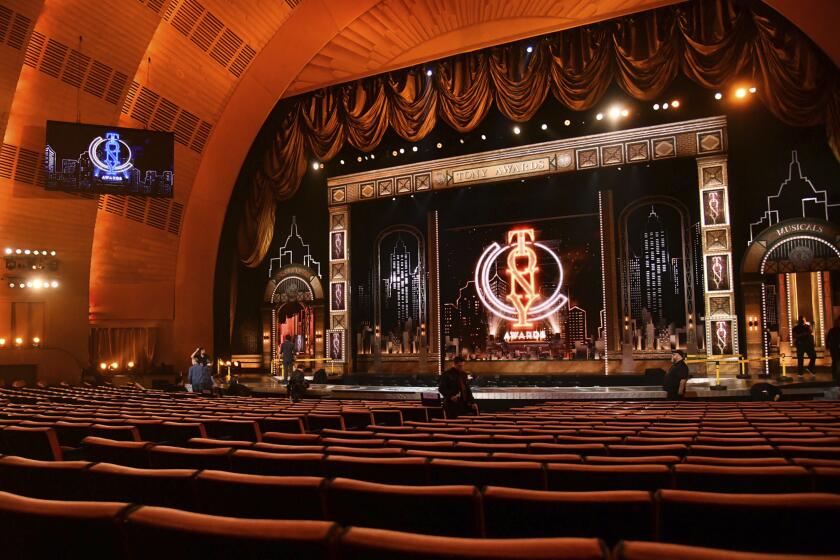Scrambling Over Satellite Dishes Renewed
- Share via
SAN DIEGO — So you’re a sports fan, but you can’t get cable TV. What to do?
There is an alternative: Invest in a satellite dish.
But, you ask, what about scrambling?
Scrambling--the process by which TV suppliers electronically jumble their satellite transmissions so they can only be seen with a special decoding device--put a big damper on the sales of satellite dishes a few years ago.
But the technology for decoding scrambled signals is now available to consumers, and the satellite dish industry is making a comeback. The difference is that most of the sports programming that formerly was available for free now must be paid for.
About 2.3 million of the nation’s homes are equipped with satellite dishes. About 500,000 of those homes have systems with de-scramblers, and that number is growing by about 15,000 per month.
In Mira Mesa Business Park, an industrial area north of here, two modern buildings house the headquarters of the VideoCipher division of General Instrument Corp. Off to the side of the main lobby is an area filled with space-age television monitors and computer equipment.
Esther Rodriguez, VideoCipher vice president, explains that this is called the DBS center--for direct broadcast service, the trade term for the satellite dish business. Here, scrambled signals are unscrambled for home satellite dish consumers who own a VideoCipher II de-scrambler, or a similar one made by a competitor.
VideoCipher, formerly M/A Com before being purchased by General Instrument in 1986, owns the patent for scrambling and unscrambling signals and has licensed 22 competitors. It operates the DBS center on a nonprofit basis in order to make money on hardware sales--mainly de-scramblers and futuristic pay-per-view equipment.
But many of the program suppliers require that consumers pay a fee to them for receiving their service, just as they would if they got it by cable. “That’s been a tough adjustment for a lot of satellite dish owners,” Rodriguez said.
Originally, after a 1979 Federal Communications Commission decision that removed the requirement that all Earth stations be licensed by the government, individual dish owners could tune in for free to virtually any TV signal that was being fed by satellite. This was particularly attractive to sports fans, who could get any event televised anywhere, including blacked-out pro football games.
The only catch then was the price of a satellite dish system. In 1979, Neiman Marcus advertised a system for $36,000. But the price came down, first to $10,000, then $8,000 and eventually to about $2,500 for a top-of-the-line system. By 1985, more than 1 million homes had satellite dishes.
The cost of the standard dish systems continues to dwindle. A complete system, de-scrambler included, costs about $2,500--or about the same as systems without de-scramblers used to cost.
As the business grew, however, programmers such as HBO became concerned that their product was being given away. So they began scrambling their signals and charging to have it decoded.
For example, Dallas-based Satellite Sport Network distributes a package of six regional sports cable networks, including Prime Ticket, at a yearly fee of $95.40. The catch here is that pro sports leagues require blackouts. A Laker game on Prime Ticket, for instance, can be watched in Los Angeles but not in any other NBA city. Or a Houston Astros game on Home Sports Entertainment can be watched in Houston but not in any other baseball city.
With the satellite dish business beginning to pick up again, there is speculation that it could eventually threaten the cable television industry. Imagine picking and choosing your own programming with no middle-man cable operator standing in the way.
However, Rodriguez said: “We are not competing with cable. We look at our business as a supplement of cable, an alternative for those who can’t get cable.”
More to Read
The complete guide to home viewing
Get Screen Gab for everything about the TV shows and streaming movies everyone’s talking about.
You may occasionally receive promotional content from the Los Angeles Times.






